Green onions, also known as scallions or spring onions, are a staple in kitchens worldwide. Their mild, aromatic flavor and crisp texture make them a versatile ingredient in salads, soups, stir-fries, and garnishes. However, like many fresh produce items, green onions are perishable, and their shelf life can be a concern for home cooks and food enthusiasts alike. One common question that arises is whether green onion segments can be refrigerated to extend their freshness. This article explores the science behind refrigeration, the impact of cold storage on green onions, and practical tips to maximize their longevity.
The Basics of Refrigeration and Food Preservation
Refrigeration slows down the natural processes of decay in fruits and vegetables by lowering the temperature, which inhibits the growth of microorganisms like bacteria and molds. It also reduces the rate of enzymatic reactions—chemical processes within plants that lead to ripening and eventual spoilage. However, not all produce responds to refrigeration in the same way. Some vegetables, such as tomatoes and potatoes, are sensitive to cold temperatures and may lose texture or flavor when stored in the refrigerator. Green onions, being a member of the Allium family (which also includes onions, garlic, and leeks), have unique biological properties that influence how they react to refrigeration.
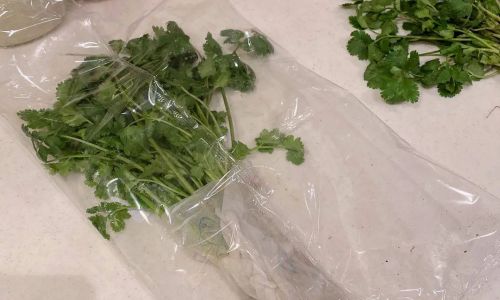
The Anatomy of Green Onions
Green onions consist of two primary parts: the white bulbous base and the hollow green stalks. The white portion is denser and contains more moisture, while the green stalks are fibrous and less water-rich. Both parts are edible but have slightly different storage requirements. The white base is more prone to softening, while the green stalks may become limp or discolored if not stored properly. Understanding these differences is crucial when deciding how to refrigerate green onion segments.
Can Green Onion Segments Be Refrigerated? The Short Answer
Yes, green onion segments can be refrigerated, and doing so can significantly extend their shelf life compared to leaving them at room temperature. However, the method of refrigeration matters. Simply tossing green onions into the crisper drawer without preparation may lead to suboptimal results, such as wilting, moisture loss, or accelerated spoilage. To maximize freshness, green onions require specific storage techniques that address their unique needs.
The Impact of Refrigeration on Green Onions
When green onions are placed in a refrigerator, the cold temperature slows down their metabolic processes, reducing the rate at which they age. However, the low-humidity environment of many refrigerators can cause green onions to dry out, leading to limp stalks and a loss of crispness. Additionally, exposure to ethylene-producing fruits and vegetables (such as apples, bananas, or avocados) in the same storage area can accelerate deterioration, as green onions are sensitive to this plant hormone.
To mitigate these issues, green onions should be stored in an environment that balances cold temperatures with adequate moisture. This can be achieved through techniques like wrapping the onions in damp paper towels, using airtight containers, or placing them in sealed plastic bags with small ventilation holes.
Step-by-Step Guide to Refrigerating Green Onion Segments
-
Preparation:
- Trim the root ends of the green onions if they are wilted or damaged.
- Rinse the segments under cold water to remove dirt or debris.
- Pat them dry thoroughly with a clean kitchen towel or paper towel. Excess moisture can lead to slime or mold growth during storage.
-
Wrapping:
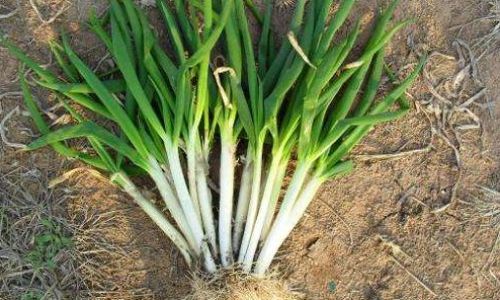
- Place the green onion segments on a sheet of paper towel.
- Gently roll the paper towel around the onions, ensuring they are fully covered but not compressed.
- Dampen the paper towel slightly with water—not soaked, but enough to create a humid environment.
-
Storage Container:
- Transfer the wrapped green onions to a plastic storage bag or an airtight container.
- If using a plastic bag, seal it most of the way, leaving a small opening to allow minimal airflow.
- For containers, ensure the lid is securely fastened to prevent moisture loss.
-
Placement in the Refrigerator:
- Store the container in the crisper drawer, which is designed to maintain higher humidity levels than other refrigerator compartments.
- Avoid placing green onions near ethylene-producing foods to prevent premature spoilage.
-
Monitoring:
- Check the green onions every 2–3 days for signs of spoilage, such as mold, sliminess, or a strong odor.
- Replace the paper towel if it becomes overly dry or damp.
Alternative Storage Methods
While refrigeration is effective, some home cooks prefer alternative methods for storing green onions. For example:
-
Water Storage:
Place the green onion segments in a jar or glass with an inch of water, covering the roots. Place a plastic bag over the leaves and secure it with a rubber band. Store the jar in the refrigerator. This method mimics the onions’ natural growing environment and can extend their freshness for up to two weeks. However, it requires more space and may not be practical for small refrigerators. -
Freezing:
Green onions can be frozen for long-term storage. Chop the segments into desired sizes, spread them on a baking sheet, and freeze until solid. Transfer the frozen pieces to an airtight freezer bag. While freezing preserves flavor, the texture becomes softer, making frozen green onions best suited for cooked dishes rather than raw applications.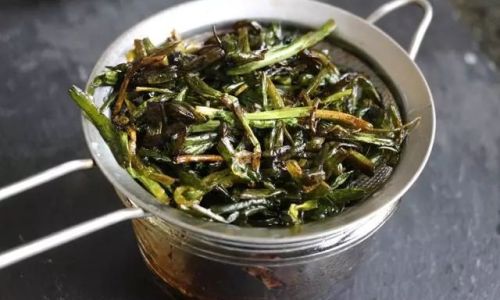
How Long Do Refrigerated Green Onions Last?
When stored properly using the methods outlined above, green onion segments can last between 10 days to two weeks in the refrigerator. Factors affecting longevity include the onions’ initial freshness, the refrigerator’s temperature consistency, and exposure to ethylene-producing foods. In contrast, unrefrigerated green onions typically last 3–5 days before wilting or becoming slimy.
Signs of Spoilage to Watch For
Even when refrigerated, green onions will eventually spoil. Common indicators of spoilage include:
- Wilting or Yellowing: The green stalks may become limp or develop yellow patches.
- Sliminess: A sticky or mucous-like texture on the surface of the onions.
- Foul Odor: A strong, pungent smell that differs from their usual fresh, grassy aroma.
- Mold Growth: Fuzzy patches of white, green, or black mold, particularly on the white bulb or damaged areas.
Discard green onions immediately if any of these signs are present, as spoiled produce can harbor harmful bacteria.
The Role of Humidity in Refrigeration
Humidity control is critical for preserving the crispness of green onions. Most modern refrigerators have crisper drawers with adjustable humidity settings. For green onions, a high-humidity environment is ideal, as it minimizes moisture loss without causing condensation (which can promote mold). If your refrigerator lacks humidity controls, wrap the onions in a damp paper towel before storing them in an airtight container to create a microenvironment of balanced moisture.
Refrigeration vs. Room Temperature Storage: A Comparison
| Factor | Refrigeration | Room Temperature |
|---|---|---|
| Shelf Life | 10–14 days | 3–5 days |
| Texture Retention | Crisp stalks (with proper storage) | Wilting within 2–3 days |
| Flavor Preservation | Mild flavor retained | Flavor may intensify then fade |
| Risk of Spoilage | Lower (if stored correctly) | Higher (due to rapid bacterial growth) |
Common Mistakes to Avoid
-
Storing Without Preparation:
Placing unwashed, damp green onions directly into the refrigerator can lead to mold growth. Always dry them thoroughly before storage. -
Overcrowding:
Stuffing too many green onions into a single container restricts airflow, increasing humidity and the risk of spoilage.
-
Ignoring Ethylene Sensitivity:
Storing green onions near ethylene-producing fruits like apples or bananas can accelerate decay. -
Using Dry Paper Towels:
Wrapping green onions in completely dry paper towels can cause them to dehydrate. A slight dampness is essential for maintaining humidity.
Culinary Uses for Refrigerated Green Onions
Refrigerated green onions retain their flavor and texture well enough for most culinary applications, including:
- Garnishes: Sprinkling chopped green onions over soups, noodles, or fried rice.
- Stir-Fries: Adding sliced segments during the final minutes of cooking for a pop of color and crunch.
- Salads: Mixing thinly sliced green onions into fresh salads or coleslaw.
- Dips and Sauces: Blending green onions into creamy dips, pestos, or chimichurri.
Conclusion
Green onion segments can indeed be refrigerated, and doing so is an effective way to extend their shelf life while preserving their flavor and texture. By understanding the science of refrigeration, preparing the onions properly, and using storage techniques that balance cold temperatures with adequate humidity, home cooks can enjoy fresh green onions for up to two weeks. Whether stored in a damp paper towel, a water-filled jar, or an airtight container, the key to success lies in minimizing moisture loss and avoiding exposure to spoilage-accelerating factors. With these practices, green onions remain a versatile and vibrant addition to any meal.



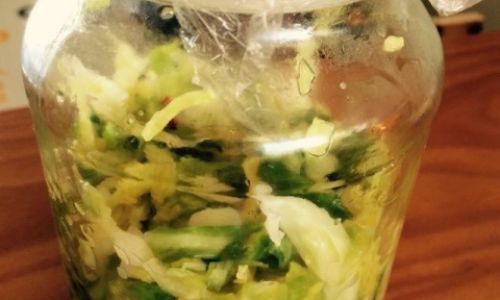
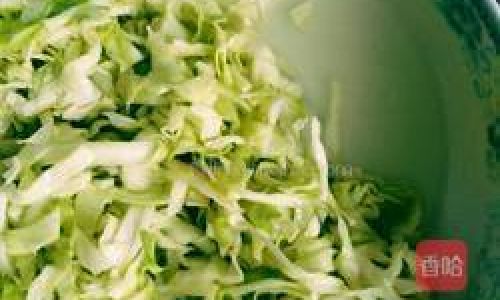
0 comments